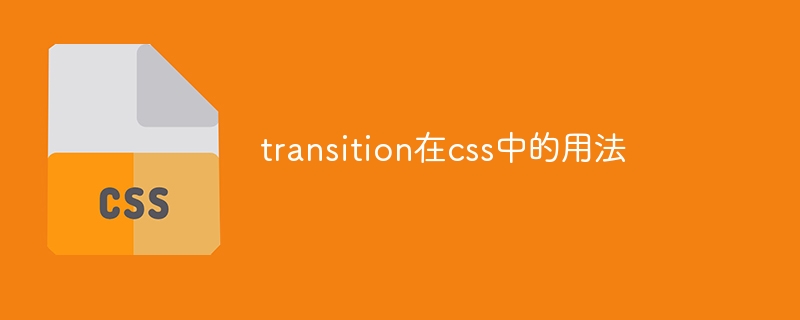
The transition property in CSS allows you to control the visual effects of an element transitioning from one state to another. Usage: Specify the property to transition (such as color, size, or position) Set the transition animation duration (in seconds or milliseconds) Select an easing function (controls speed and acceleration) Set the transition delay (how long to wait before starting the animation)

Using transitions in CSS
The transition property in CSS allows you to control the transition of an element from one state to Another visual effect. Specifically, a transition determines how long an element spends changing its properties, the type of transition animation (i.e., the easing function), and the delay applied when the transition completes.
Usage
To use transitions in CSS, use the following syntax:
transition: property duration timing-function delay;Where:
For example, the following code will create a button that transitions from blue to red with a transition time of 1 second and uses the ease-in-out easing function:
button {
background-color: blue;
transition: background-color 1s ease-in-out;
}
button:hover {
background-color: red;
}Easing function
The easing function specifies the speed and acceleration of the transition animation. CSS provides a variety of predefined easing functions, including:
You can also use custom easing functions to create higher-level effects.
Delay
The delay property controls how long an element waits before changing its properties. This can be used to create lag effects or synchronize transitions to multiple elements.
Notes
all keyword to apply a transition to all declared properties of an element. The above is the detailed content of How to use transition in css. For more information, please follow other related articles on the PHP Chinese website!